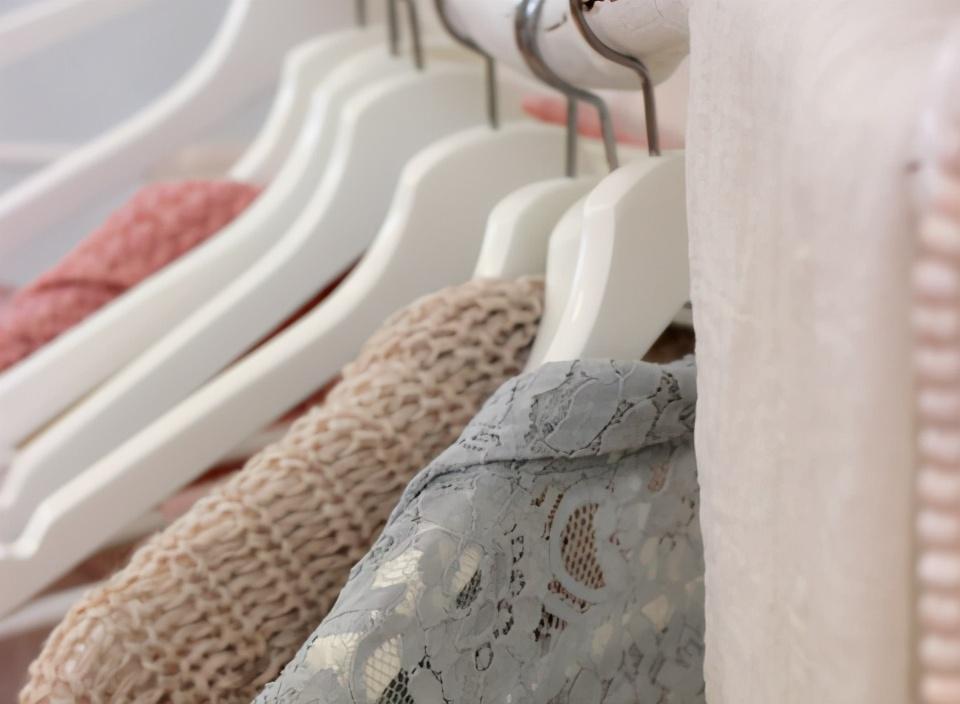Sometimes due to some requirements of customers, the problem of controlling the waterproof and moisture permeability of fabrics is very confusing. After summing up a lot of experiences and lessons, I finally sorted out this fabric Your Guide to Waterproofing and Moisture Permeability! ! !
In daily life, there are many factors that affect the waterproof and breathable performance of textiles, such as problems with the material itself and the process and technical problems of textile production. Have an impact.
So, what factors affect the waterproof and moisture permeability of fabrics? After reading this, I hope you will have an epiphany!

1. Fiber surface wettability
When the fiber contact angle θ<90°, the fiber aggregate material is a water-conducting material , a tight structure will only lead to more capillary pores to wick water.
When the fiber θ>90°, the fiber has waterproof characteristics. When the fabric structure is tighter (i.e., the pores are smaller), the waterproofing effect is better. Therefore, the waterproof or water permeability of a fabric can only be better discussed when the contact angle of the fiber is known.
2. Coating of fabric
A continuous film layer that is impermeable and insoluble in water is applied to the surface of the fabric. The water permeability of the fabric is reduced and the fabric is therefore not breathable.
The entire cloth surface is required to be uniform and have a certain fastness. The better the coating quality, the better the water penetration resistance.
If a waterproof and microporous coating film is used, a coated fabric with excellent waterproofness, water permeability and air permeability can be formed.
3. Temperature and humidity conditions of fiber
After absorbing moisture, fiber must also release a certain amount of heat , causing the temperature of the fiber aggregate to increase, and the water vapor partial pressure inside the fiber to increase, reducing the gradient between the moisture concentration inside the fiber and the outside, and slowing down the moisture absorption rate and diffusion moisture permeability rate of the fiber.
4. Thickness of fabric
Generally speaking, the thicker the fabric, the wet the fabric The greater the resistance. This is because the thicker the fabric, the longer the path water vapor takes through the pores between the fabric.

5. Thickness of yarn
For weaving fibers with good hygroscopicity For tight fabrics, due to the existence of capillary effect, reducing the radius of the yarn can improve the water permeability of the fabric.
6. The tightness of the fabric.
The increase in the distance between yarns will directly affect the level of water pressure resistance. Generally, the tighter the fabric structure, the better its resistance to water penetration.
7. The size of the pore size of the coating film. The larger the pore diameter of the membrane, the worse the hydrostatic pressure resistance of the coated fabric.
8. The size of the contact angle 0. When 0>90. When , the fabric has water-repellent properties. At this time, as 0 increases, the water pressure resistance value of the fabric also increases accordingly.

9. Coating thickness. If the coating is too thin, the coating agent will not easily form a continuous film on the surface, and the water pressure resistance of the coated fabric will be reduced; if the coating is thick, the water pressure resistance of the fabric will decrease
improve.
10. The performance of warp and weft yarns. Under the action of water pressure, elastic warp and weft yarns are easy to elongate, resulting in the formation of gaps between adjacent warp and weft yarns, through which water droplets can easily penetrate. , causing the fabric’s water pressure resistance to decrease.
The above is the sharing of today’s spinning class. Have you learned anything after reading it?








